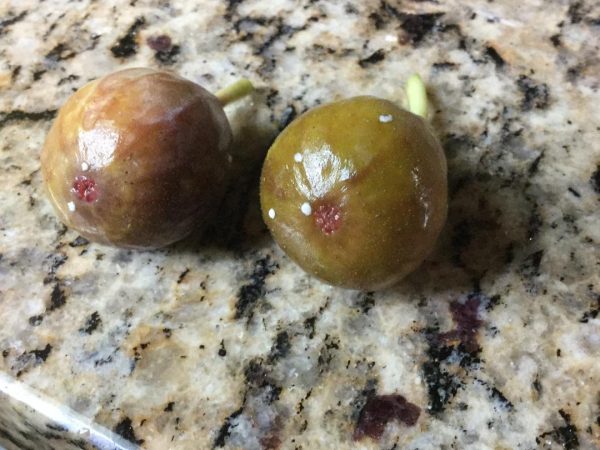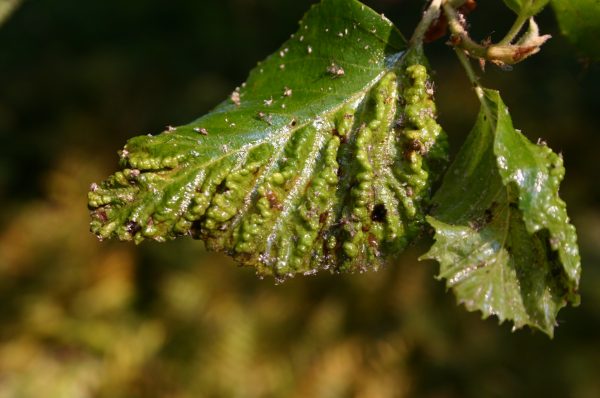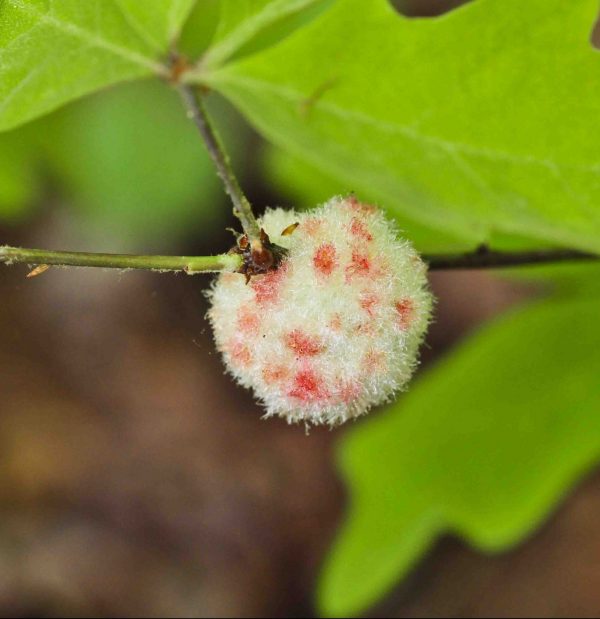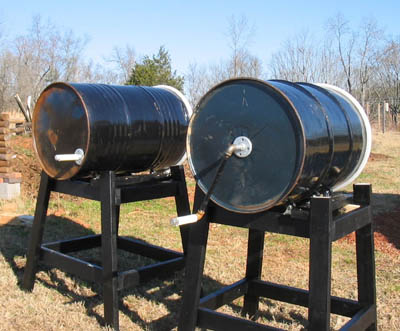De-Icers – Damage to Plants
When ice and snow pile up it’s not unusual to reach for a deicing product to help melt the frozen stuff. Deicers work by lowering the freezing point of water, creating a brine (chemical-water solution). This allows water to evaporate, clearing the slick spot.
The oldest and most common deicing agent is sodium chloride (rock salt), but calcium chloride, potassium chloride and magnesium chloride are also used. They damage plants by preventing roots from taking up water. The effects may not show up until summer when water stresses begin to prevail.
Limiting your use of deicers and spreading the ice slush over a wide area when scooping it away will lessen potential damage. Heavy applications of water in spring will flush salts downward through the soil.
A new chemical deicing agent called calcium magnesium acetate (or CMA) is made from dolomite (limestone) and acetic acid (vinegar). It has very minimal damaging effects on plants, animals, or concrete surfaces.














